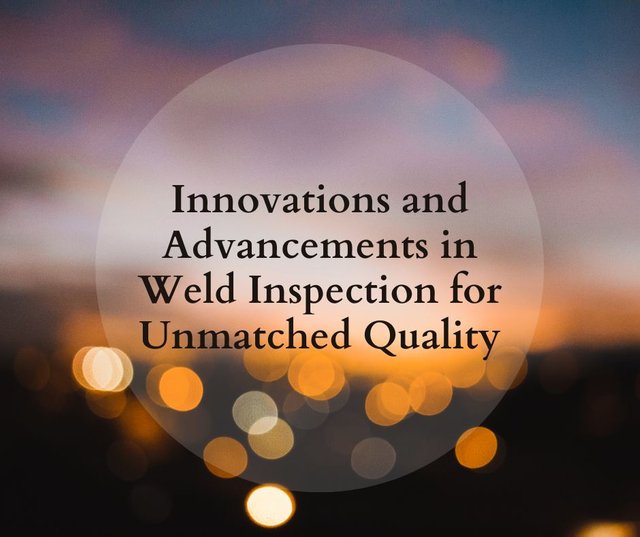
In the dynamic world of welding, constant innovations in inspection techniques play a pivotal role in ensuring unmatched quality. Weld inspection goes beyond mere scrutiny; it involves embracing cutting-edge Weld Coding Techniques and adhering to precise Weld Procedures.
Introduction to Weld Inspection Evolution:
Weld inspection has evolved significantly, transitioning from traditional methods to a more sophisticated approach. This transformation is driven by the quest for perfection in welding processes.
Embracing Technological Advancements:
Modern weld inspections leverage state-of-the-art technologies. Innovations like automated ultrasonic testing and digital radiography have revolutionized the accuracy and efficiency of inspections.
Weld Coding Techniques:
Weld coding is a language of its own, ensuring standardized communication about welds. This technique not only facilitates seamless collaboration among welding professionals but also enhances the quality of welds through a universal coding system.
Importance of Weld Procedures:
A well-defined Weld Procedure Specification (WPS) is the backbone of quality welding. It outlines the essential variables for welding, providing a roadmap for welders to follow. Adhering to WPS is paramount for consistent and reliable welds.
Non-Destructive Testing (NDT) Advancements:
NDT methods, such as magnetic particle testing and liquid penetrant testing, have undergone significant enhancements. These techniques detect surface and subsurface defects with precision, contributing to the overall quality of welded joints.
Role of Robotics in Weld Inspection:
The integration of robotics has streamlined weld inspection processes. Automated systems equipped with advanced sensors ensure accuracy and speed, reducing the margin for human error.
Enhanced Accuracy Through Artificial Intelligence (AI):
AI applications in weld inspection analyze vast amounts of data to predict and prevent potential defects. This proactive approach contributes to enhanced accuracy and efficiency in identifying and rectifying issues before they escalate.
The Human Element in Weld Inspection:
While technology plays a crucial role, the human element remains irreplaceable. Skilled inspectors interpret results, make critical decisions, and ensure that welding processes align with industry standards.
Global Impact on Weld Quality:
These innovations collectively contribute to a global impact on weld quality. Welds executed with precision and adherence to standardized procedures ensure safety, reliability, and longevity across various industries.
Future Trends and Continuous Improvement:
As technology continues to advance, the future of weld inspection holds exciting possibilities. Continuous improvement, driven by technological innovations and industry collaboration, will further elevate the standards of weld quality.
In conclusion, the evolution of weld inspection is a testament to the commitment to excellence in welding practices. Innovations like Weld Coding Techniques and advancements in NDT, coupled with the human touch, are collectively reshaping the landscape of weld quality assurance, breaking the mold for unparalleled excellence.